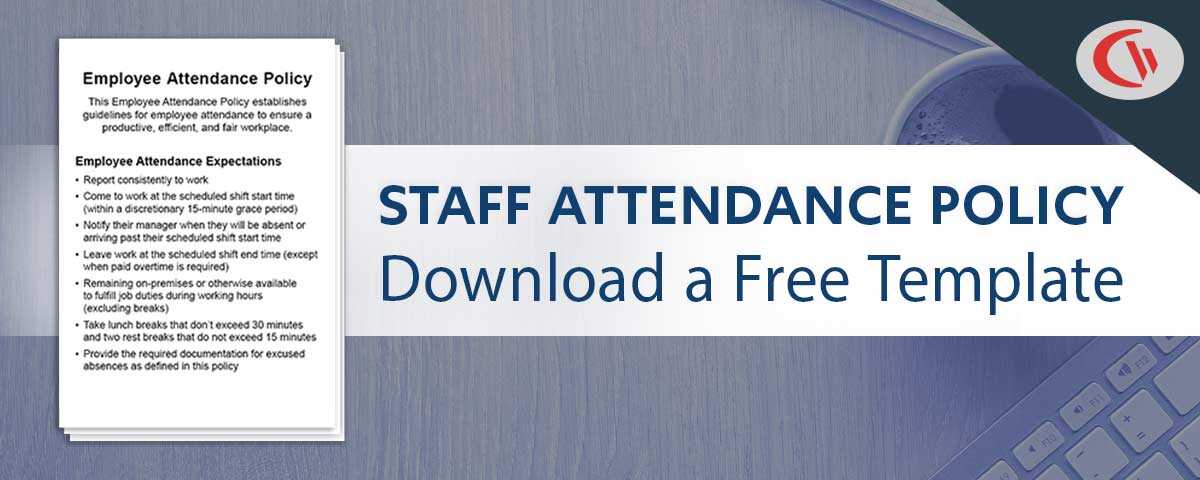Are You Ready for Remote Employee Time Tracking After COVID-19?

Get this – 76% of respondents in a Global Workplace Analytics survey said that they want to continue working from home after COVID-19. The Future of Work™ is here – Are you ready to transition to long-term remote workforce management? In this week’s article, I’ll guide you through the key things you’ll need to know if your company is going to continue offering flexible work options long after the pandemic.
Is Your Company Ready For a Remote Workforce?
If you’ve been forced to rapidly adapt to a crisis-driven work-from-home setup during COVID-19, there’s likely to have been a few hiccups along the way. When the dust settles and you have the opportunity to carefully plan your remote workforce strategy, what will that look like? Here’s what you need to decide first – will your company be remote-first, remote-friendly, or remote-curious?
- Remote-first: You’ve joined the ranks of fully-remote companies like Buffer and Invision. You’ve now completely eschewed costly business real-estate, your available talent pool is no longer constrained to your immediate geographical area, and your day-to-day tasks take place exclusively in cyberspace.
- Remote-friendly: You understand the value of offering your employees the option to work remotely and you have positions that are remote-compatible, but you still maintain physical office space. This could be due to having business operations that truly need to be done in-house, highly valuing consistent in-person interaction, or you’re simply not ready to dive head-first into remote workforce management just yet.
- Remote-curious: You’ve heard a lot about the benefits of a remote workforce, but you’re still on the fence. Your business relies heavily on what happens when your employees are working in-office and you’re not yet convinced that a transition to a remote workforce is right for your business. Despite your hesitation, you’re flirting with the idea of offering some degree of location independence, flexible working hours, and other related perks for your employees.
What Does a “Remote Workforce” Look Like to You?
When a company states that it offers remote working options, what do you picture? Do you know exactly what level of support they offer their remote workers and how often their employees work off-site?
While you could make an educated guess, the fact is that remote working isn’t just one concretely definable thing – each company and employee is going to have their own unique interpretation of what being a “remote worker” is. You’ll need to make your remote working expectations and offerings explicitly clear when you decide to transition to remote workforce management after COVID-19.
Flexible Working Options:
- Flexible Schedules: Goodbye 9-to-5! Employees have set deliverables and/or hours they must meet each week, but the way their time is split up is largely up to them. This is often used as a way to ease into offering remote working options as it gets managers used to non-traditional work schedules.
- Free Range Workers: Your remote workforce is entirely location independent. You may or may not offer designated office space for those that need it, but since their work can be done anywhere there’s a reliable internet connection they can comfortably work from anywhere.
- Hybrid Teams: You have some sort of mix of employees that work in-house and off-site. Your employees might choose where they work depending on their individual responsibilities and preferences, you may have formal policies that only let employees work remotely some of the time, or you could be managing a mix of on-site and off-site teams.
Do Your Employees Even Want to Work Remotely?
Yes, they do! More accurately, there’s plenty of data you can use to make an educated guess that the demand is there. Surveys have shown time and time again that there is a genuine demand for flexible working arrangements that let employees work from home at least some of the time.
Consider This:
- 80% of employees in a 2019 Owl Labs report said that they want to work from home at least some of the time, and…
- 56% of the U.S. workforce are in positions that are at least partially compatible with remote work according to an estimate from Global Workplace Analytics, and yet…
- 44% of employees told Owl Labs that their employers do not allow remote work.
There’s a clear gap in supply and demand here. But what about your employees, do they actually want you to offer flexible work options? If you’d like to make a truly data-informed decision about what they want, you’re going to have to consult with them directly.
Who in your company wants to continue working remotely? What changes do they expect to see when they transition from a crisis-driven work-from-home setup to something a little more refined?
Quick Tips for Successful Remote Workforce Management
There’s a lot to say about being a successful manager of remote employees. Off-site workers come with plenty of unique challenges – how can employees working from home stay socially connected to their coworkers? How can communication and collaboration thrive outside of the confines of a traditional office environment? Fortunately, remote work is absolutely possible with some key adjustments and the adoption of technologies that support a virtual office environment.
How to Manage the Productivity of Remote Workers
In this video, CurrentWare’s managing director Neel Lukka provides his key tips for managing the productivity of remote workers.
Communication in a Remote Workforce
Communication in a remote workforce is a unique challenge, particularly for newly remote companies. Employers that want to be effective with their remote workforce management will greatly benefit from investments in virtual communication and collaboration tools such as Slack, Microsoft Teams, or Workplace from Meta.
In addition, remote-compatible communication services such as Zoom and VoIP have made work from home possible, enabling seamless communication regardless of physical location.
Communication styles in your remote workforce will either be synchronous (real-time) or asynchronous (not real-time).
Asynchronous communication includes emails, instant messages, and detailed notes in project management apps. If you will be offering your remote workers schedule flexibility you’re going to be relying on asynchronous more often than not.
Synchronous communication includes video conferences, phone calls, and face-to-face discussions. Many remote workforce managers reserve synchronous communication for brainstorming, social interaction, and for having 1:1 discussions that are a bit more nuanced.
When adapting communication to accommodate employees who are regularly working off-site, you need to make your intended message as explicit as possible. Oftentimes you will not be able to rely on the nuances provided by changes in body language and tone of voice – strong writing skills are a much-needed asset for anyone who intends to manage remote workers.
Write a Work From Home Policy
A work from home policy is critical for outlining your company’s expectations when your employees work remotely. In this video CurrentWare’s managing director Neel Lukka provides tips for writing a work from home policy.
The best work from home policy will cover these key points:
- Eligibility requirements such as tenure, productivity expectations, frequency of remote work, and under what conditions employees can work remotely.
- Technical requirements such as home office specifications, technical support processes, and bring-your-own-device (BYOD) policies
- Cyber security expectations such as data handling procedures, data breach reporting requirements, and data security practices.
- Employee monitoring disclosures for company-provided devices and networks
Get Your FREE Work From Home Policy Template
- Define eligibility requirements for remote/hybrid work
- Communicate security, productivity, and schedule expectations
- Set acceptable use of company assets for WFH employees
Get started today—Download the FREE template and customize it to fit the needs of your organization.
Cybersecurity Tips for Remote Workers
We’ve covered the unique cybersecurity challenges of remote workers before. If your remote workers will be handling any sort of sensitive data (personally identifiable information, intellectual property, etc) you cannot afford to overlook this aspect of remote workforce management.
At a minimum you will need to provide systems that authenticate the identities of off-site workers and connect them to a secured internal network that houses the sensitive data they need, all the while preventing them from extracting that data away from the secured database.
It may seem intimidating, but it’s absolutely possible – check out the links below for more cybersecurity tips for remote workers and consider hiring a managed services provider if you don’t have dedicated IT support staff.
How To Manage The Cybersecurity Of A Remote Workforce:
- 5 Cybersecurity Considerations When Your Employees Work From Home
- 5 Cybersecurity Risks of Remote Workers & How To Mitigate Them
- (Infographic) Adapting to the Rise of Remote Workers
See How Remote Employees Spend Their Time At Work
I’ve covered methods for tracking and improving employee performance in the past. Those very same productivity management tips will apply to your remote workers just as much as they apply to your in-house employees; the key difference in managing the productivity of a remote workforce is that off-site employees may have greater difficulty demonstrating their efforts.
A common concern that managers have when transitioning from in-house management to the management of a remote workforce is that off-site employees won’t be engaged in their work or that they will misrepresent the time they spend on tasks, particularly if they’re paid hourly. Remote employee monitoring software helps remote workers demonstrate their engagement by showing their managers how their time is spent when using the internet and computer applications during their working hours.
If you will be using software to monitor the productivity of your remote employees, it’s important to remember that automated remote employee time tracking data should not be used as the sole context for measuring productivity – making management decisions before understanding the full context can harm employee morale and make your employee monitoring software seem more like invasive computer spy software.
Employees that perform tasks away from their computers may seem inactive in their computer usage reports, but that doesn’t guarantee that they aren’t working. Instead, use the insights from employee monitoring reports to make data-informed decisions and monitor for signs of employees that are actively disengaged.
If you’d like to use remote employee monitoring to manage your remote workforce, feel free to reach out to the CurrentWare team and we’ll set you up with a no obligation free trial of our remote workforce management software solution.
Conclusion
Remote workforce management can be intimidating for newly remote-friendly companies. With careful planning, plenty of empathy, and clear productivity metrics your remote employees can thrive in your organization. If you’re not ready to fully commit to remote working, consider experimenting with occasionally allowing employees to telecommute and slowly work your way to longer stints. Along the way, make notes of any barriers to remote work that are causing bottlenecks and see what changes you can make to alleviate them.


